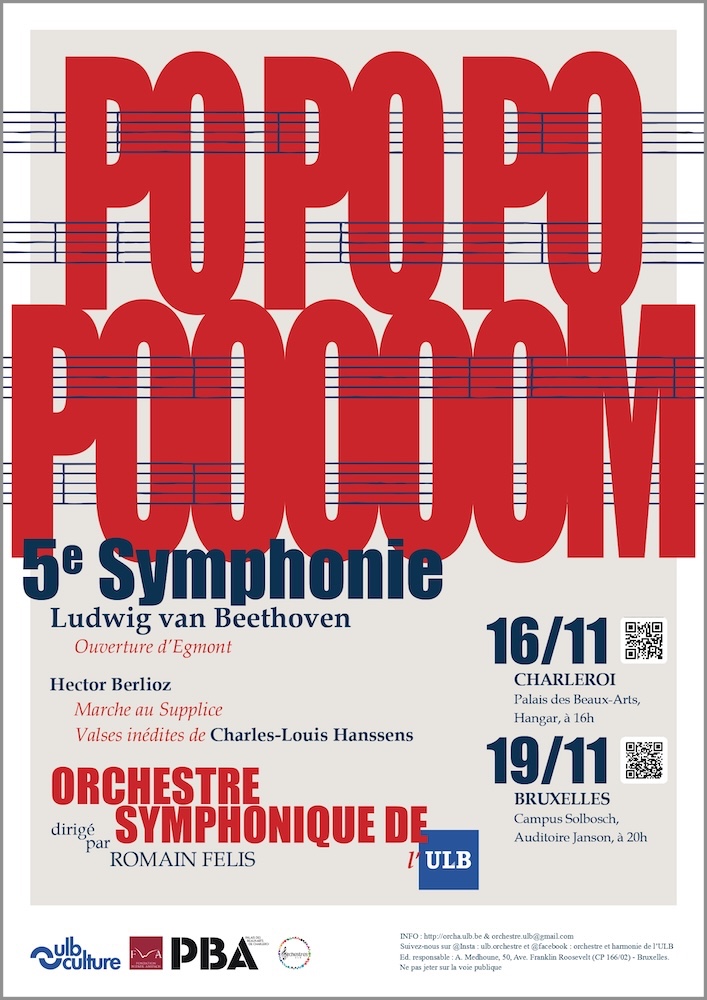 How is style represented in musical scores? Could there be a more effective way to use notation? These questions lie at the heart of a collaborative research project between the Université libre de Bruxelles and the University of Cambridge, which will include an experimental phase on 16 and 19 November as part of the Saint-Verhaegen concerts by the ULB Symphony Orchestra.
How is style represented in musical scores? Could there be a more effective way to use notation? These questions lie at the heart of a collaborative research project between the Université libre de Bruxelles and the University of Cambridge, which will include an experimental phase on 16 and 19 November as part of the Saint-Verhaegen concerts by the ULB Symphony Orchestra.
Supported by the Fondation Wiener-Anspach for the 2024–2025 period and led by Professors Marie-Alexis Colin and Valérie Dufour at the ULB and Dr Arild Stenberg at the University of Cambridge, the project seeks to assess whether the graphic design of information presentation in musical scores could impact its perception and processing.
To test this hypothesis, the teams had to find and prepare appropriate experimental materials by scouring musical repertoires for stylistically cohesive fragments, ideally by the same composer, with the same interpretative intent, instrumentation, and level of technical difficulty. They also needed to ensure that the tests measured reading effort rather than recognition, meaning the pieces should be unknown to the performers. This led them to the rich but largely forgotten legacy of Belgian composer Charles-Louis Hanssens (1802–1871).
A self-taught musician, Hanssens worked in Belgium, the Netherlands, and France. From 1848 to 1869, he served as conductor of the Théâtre de la Monnaie in Brussels, which he directed from 1851 to 1854. He retired in 1869 after a prolific career, leaving behind symphonic music, operas, religious works… His repertoire includes the two waltzes which will be performed – using both the traditional and the experimental notation – by the ULB Symphony Orchestra, conducted by Romain Felis. At the end of the concerts, audience members will be invited to complete questionnaires to assess whether the different notations influenced their listening experience.
As Dr Stenberg explains in an article published on the ULB website, “the research aims to design a new notation that is more readable and expressive, not by inventing a new symbolic language, but by rethinking the layout and visual structure of the score.”
This collaborative project builds on the research that Dr Stenberg conducted between 2020 and 2022 at the ULB under the supervision of Prof. Régine Kolinsky (Faculty of Psychological Sciences and Education), as part of a Wiener-Anspach postdoctoral fellowship.
The 16 November concert will take place at the Palais des Beaux-Arts in Charleroi at 4:00 pm (more info and tickets).
The same programme will be performed in Brussels on 19 November at 8:00 pm in the ULB Janson auditorium (more info and tickets).


